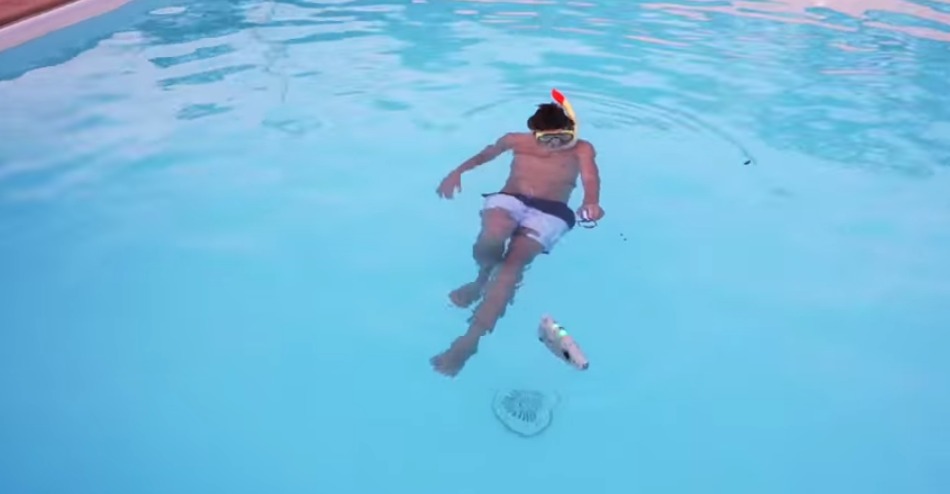![TYOC 07 52 Lily Flocking by slimemold YouTube]()
The EU-funded Collective Cognitive Robotics (CoCoRo) project has built a swarm of 41 autonomous underwater vehicles (AUVs) that show collective cognition. Throughout 2015 – The Year of CoCoRo – we will be uploading a new weekly video detailing the latest stage in its development. This video shows how signal waves can be used to keep a swarm of Lily robots together as a group.
A group of Lily robots can achieve a coherent shoaling or flocking configuration by emitting and receiving pulsed light signals. Similar to slime mold or fireflies, such pulsed signals are relayed from one agent to the next, forming signal waves that move through the whole swarm. We use such waves to keep the swarm of Lily robots together as a group, to coordinate the swarm and to move it in a desired direction.
To learn more about the project, see this introductory post, or check out all the videos from the Year of CoCoRo on Robohub.
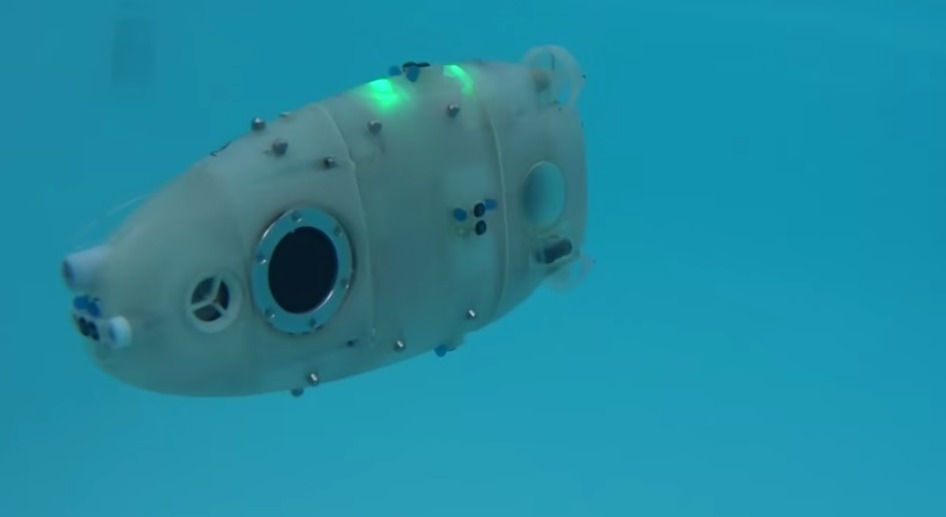
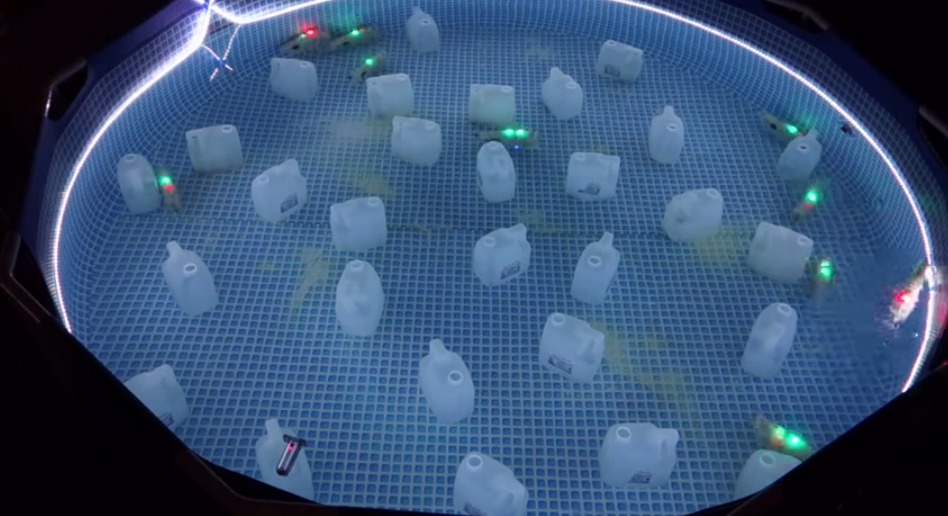
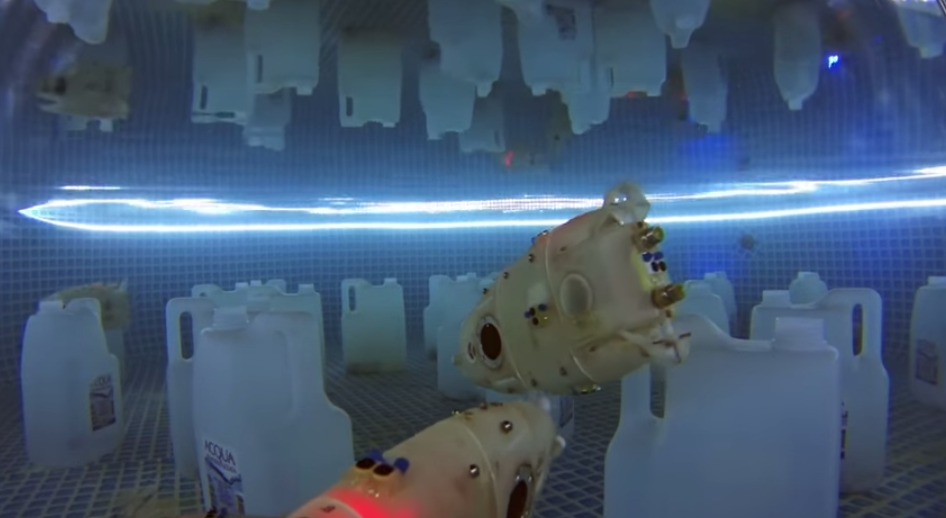
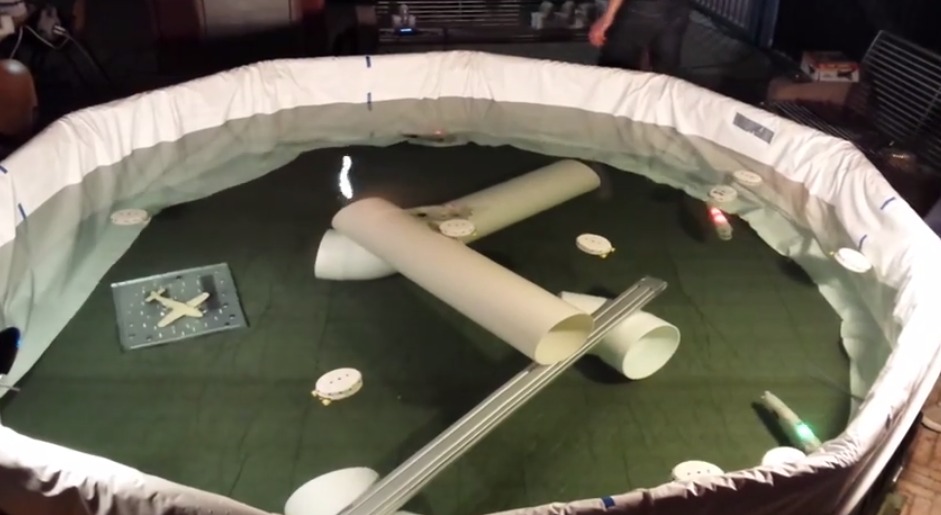
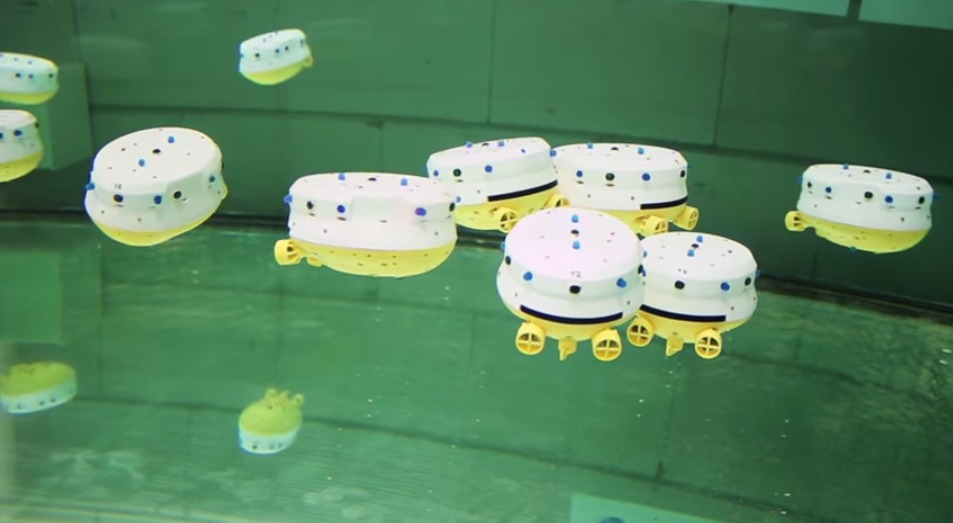
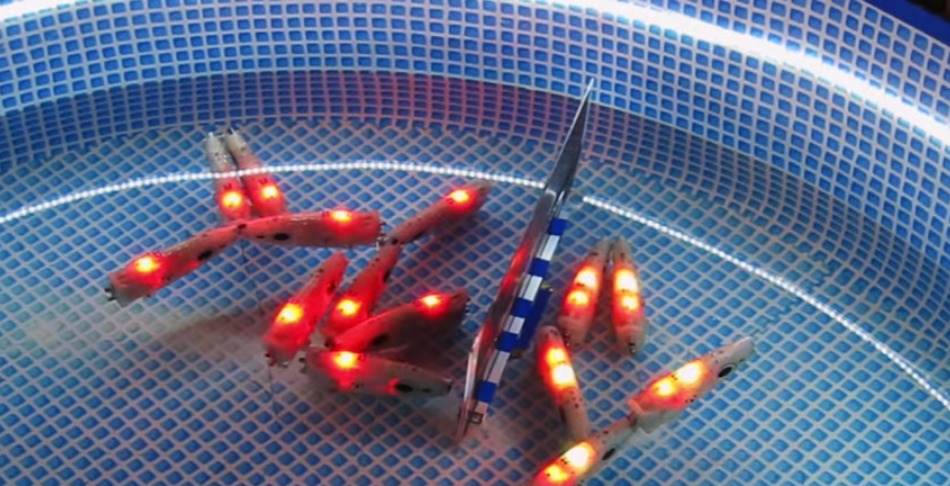
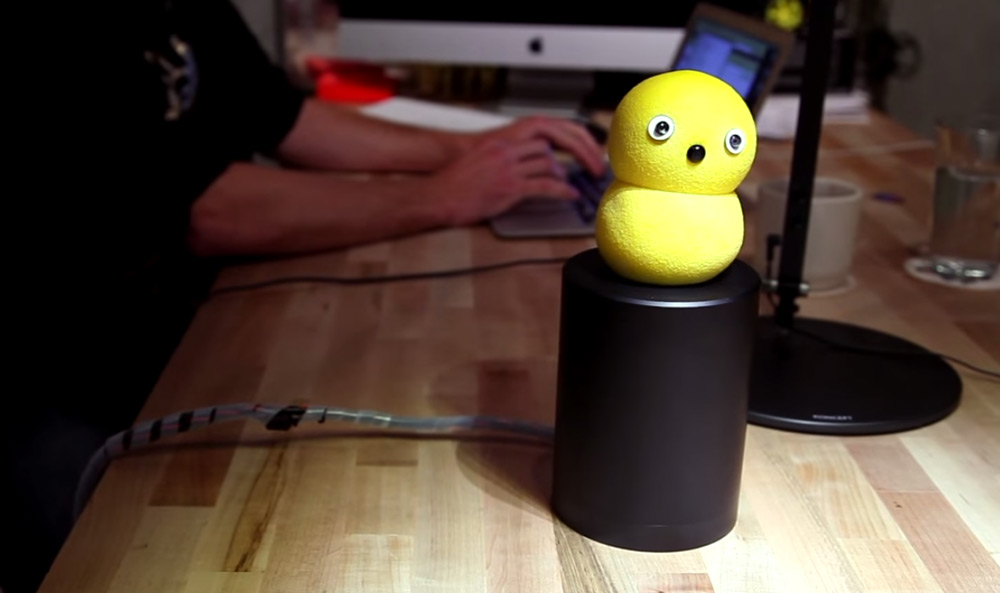
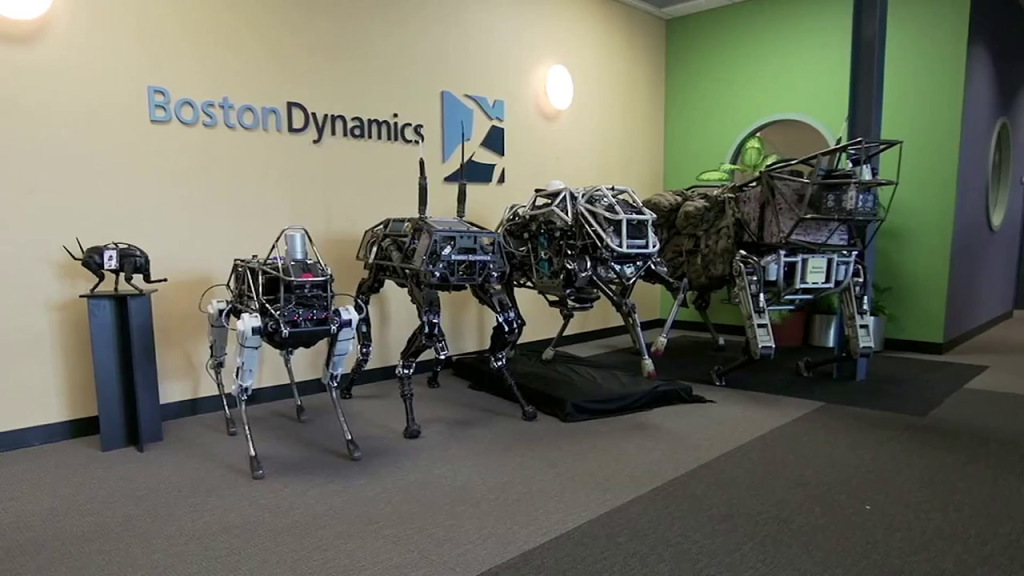

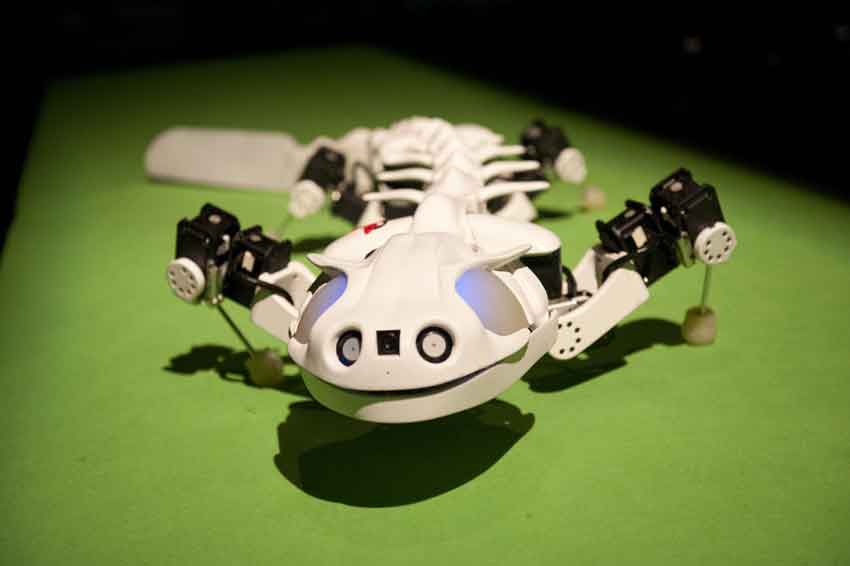

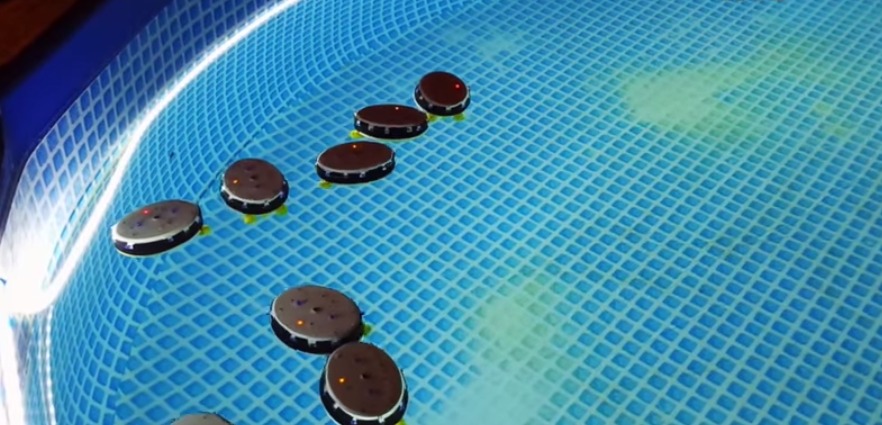
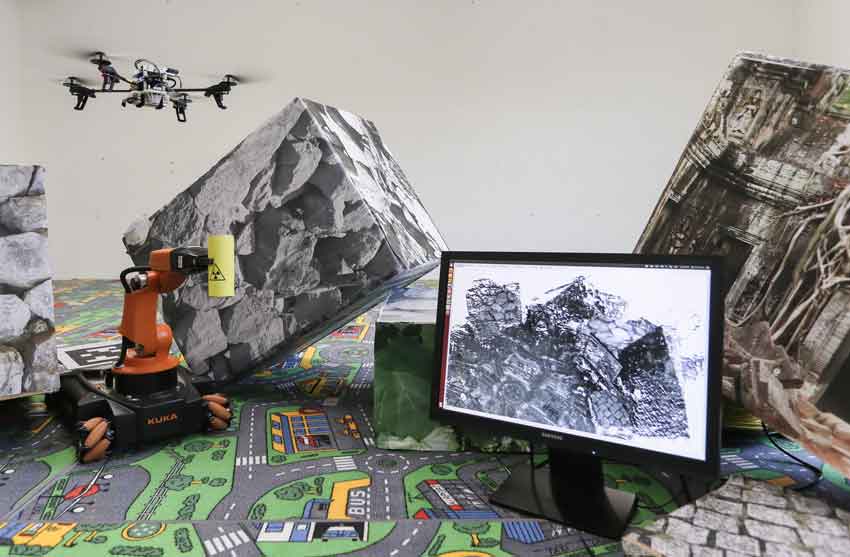
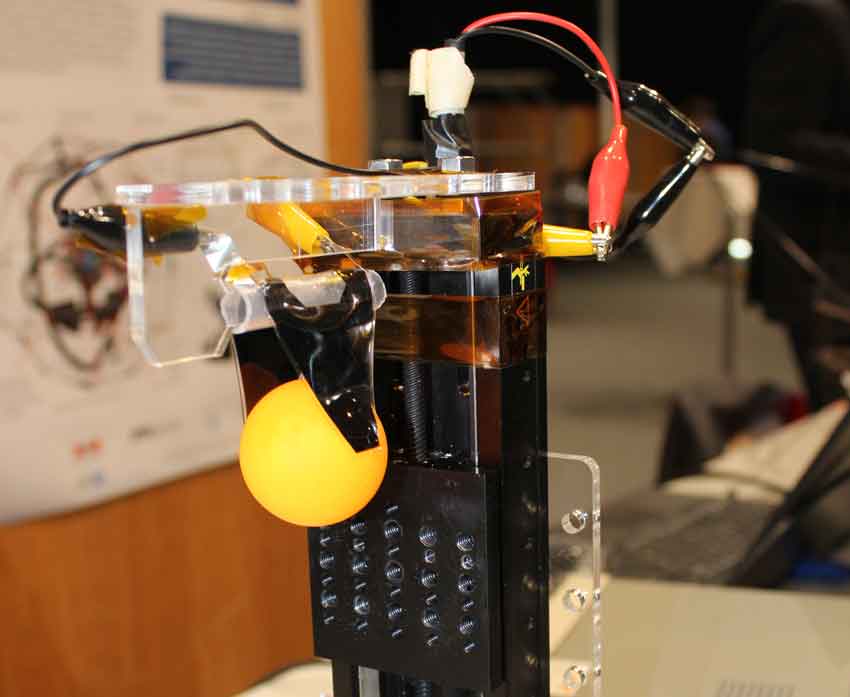
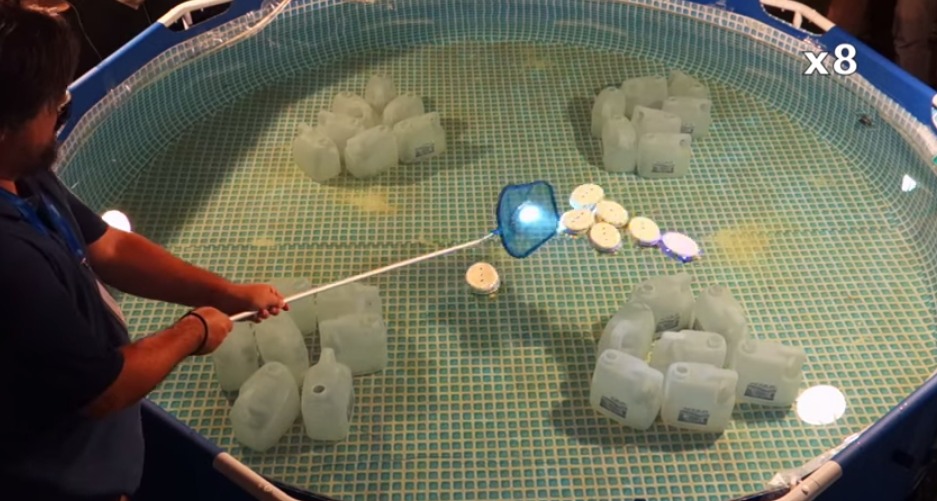
 Livestream of the Council of Foreign Relations’ Malcolm and Carolyn Wiener Annual Lecture on Science and Technology starting 02/27/2015 at 12:45 EST.
Livestream of the Council of Foreign Relations’ Malcolm and Carolyn Wiener Annual Lecture on Science and Technology starting 02/27/2015 at 12:45 EST.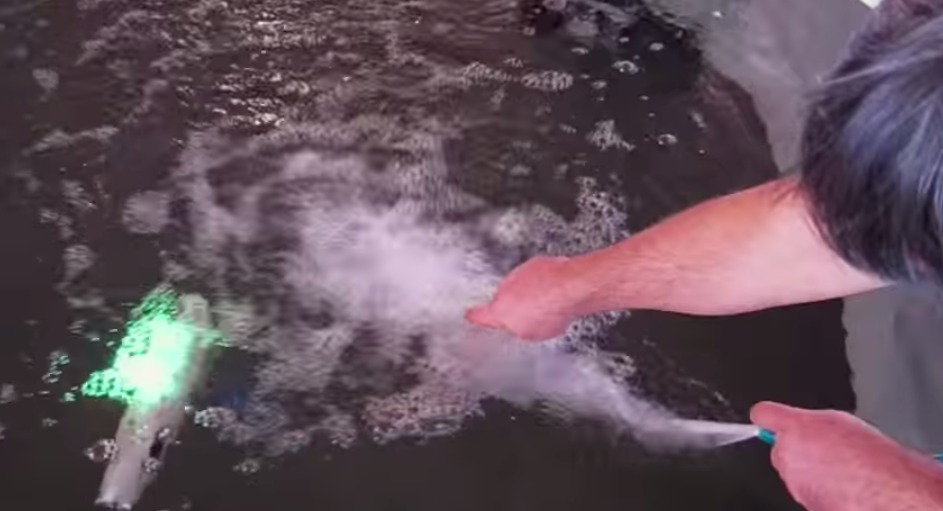
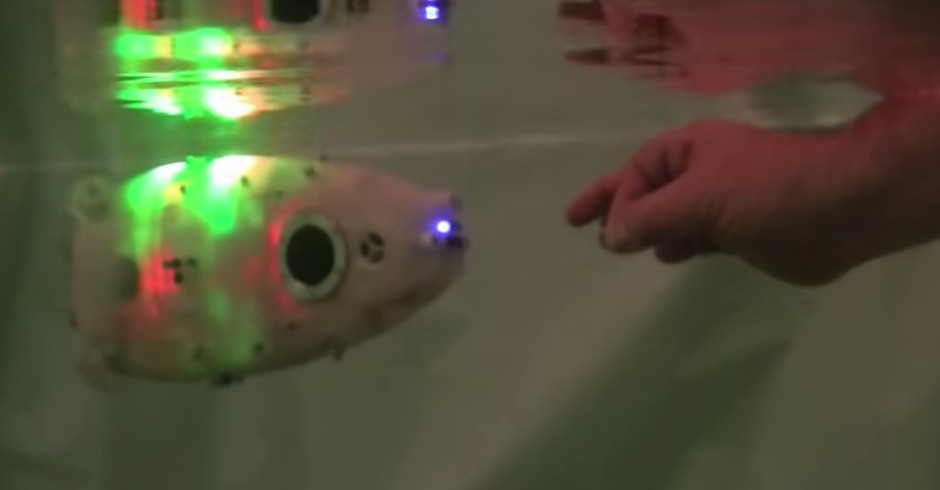
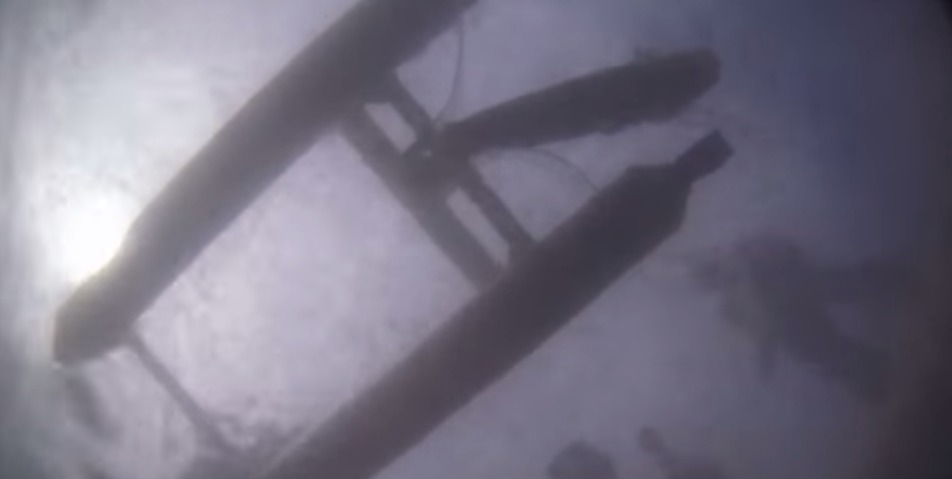 The EU-funded Collective Cognitive Robotics (CoCoRo) project has built a swarm of 41 autonomous underwater vehicles (AUVs) that show collective cognition. Throughout 2015 –
The EU-funded Collective Cognitive Robotics (CoCoRo) project has built a swarm of 41 autonomous underwater vehicles (AUVs) that show collective cognition. Throughout 2015 – 